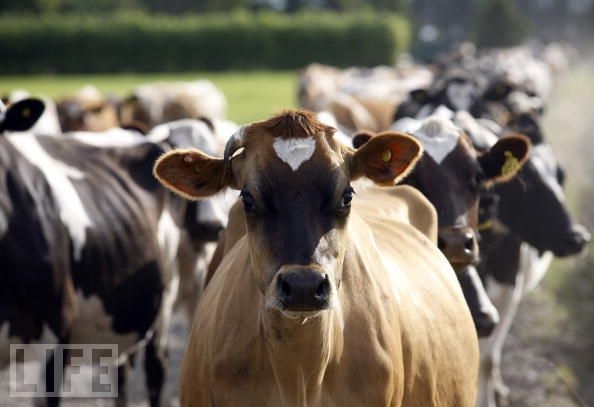
The dairy boom continued in Canterbury and Southland with the South Island dairy herd up 13 per cent last year to 2.1 million, according to official figures.
The South Island dairy herd is almost seven times the size it wasy 20 years ago. Canterbury was the South Island’s largest dairying region, recording 10 per cent growth to reach a herd size of 918,000, followed by Southland, where numbers grew 19 per cent to reach 589,000, according to the final results of the 2009 Agricultural Production Survey reports Stuff.
National dairy herd numbers reached a record high of 5.9 million at 30 June 2009, up 282,000 since 2008. The size of the North Island herd remained stable at 3.8 million. Factors contributing to the South Island growth include continued dairy conversions, a smaller number of dairy cows and heifers going to the beef herd, more older cows remaining in milking herds, and the sourcing of dairy heifers from the North Island. “In 2009, South Island dairy cattle numbers were almost seven times larger than 20 years ago when there were 312,000 dairy cattle,” said agricultural statistics manager Gary Dunnet.
“North Island numbers increased from 3.0 million to 3.8 million over the same period.”Between 2008 and 2009, sheep numbers fell to 32.4 million, deer numbers were down to 1.1 million, and beef numbers remained stable at 4.1 million.
We welcome your comments below. If you are not already registered, please register to comment.
Remember we welcome robust, respectful and insightful debate. We don't welcome abusive or defamatory comments and will de-register those repeatedly making such comments. Our current comment policy is here.